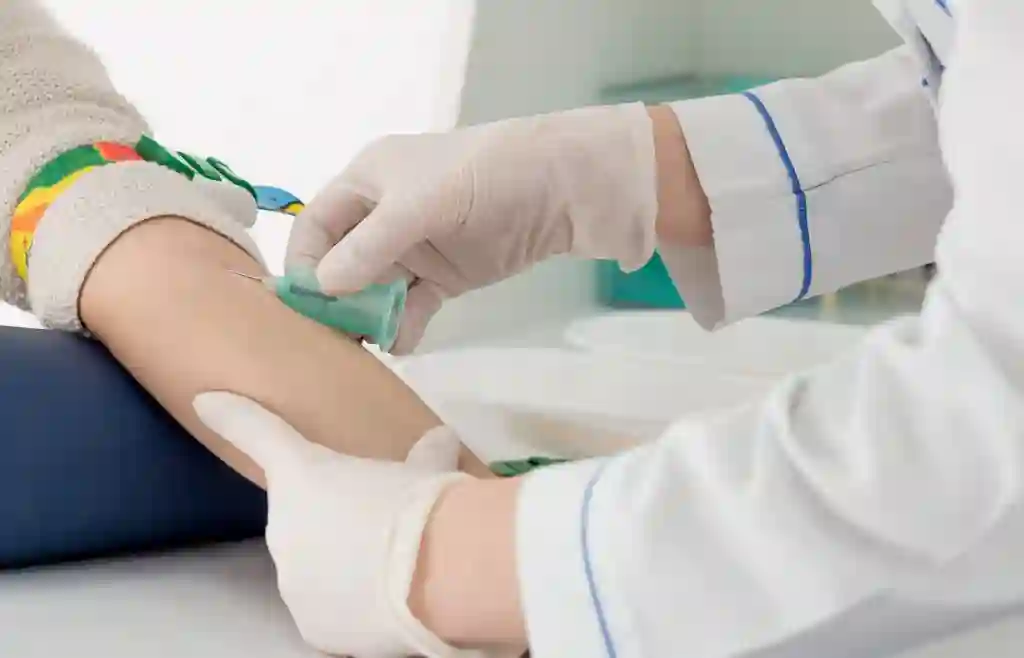The term “phlebotomist” requires a lot of effort to say. What do phlebotomists actually do, then, and what exactly are they? Phlebotomists who have received training draw blood samples. During routine doctor visits and trips to the emergency room, a blood sample is typically required. This may be extremely terrifying for many patients. In order to get the right sample for the needed blood tests, the phlebotomist must first calm the patient. The phlebotomy process begins with the paperwork. The first and most important step in a phlebotomy procedure is to correctly identify the patient.
It could be simple, but it’s still important. The majority of errors occur in the paperwork rather than during the testing itself. Samples with improper labelling are a significant problem. It takes more work than just spending the time to carefully identify and label the samples at the beginning to find the relevant patient and results. More and more businesses are using bar-coding to identify their customers thanks to modern technology and various laws protecting patient privacy. Since a bar code cannot be read by a human, it cannot detect faults. This is why it is essential to immediately and accurately identify each and every patient by following a simple process.
After that, the patient will be evaluated by a qualified phlebotomist training in Sacramento. The time has arrived to clear up any remaining uncertainties, concerns, or inquiries. A phlebotomist is knowledgeable in their field and capable of giving clear answers to the majority of questions. If the patient is more relaxed, the experience will be better overall. Anxious or uptight patients may experience more discomfort than is necessary or provide a poor sample. An anxious patient won’t provide a good sample. Some individuals may experience such extreme anxiety that they actually stop their own blood flow. Phlebotomists might lessen their anxiety by talking with patients and directing them through the procedure step by step. Even just talking to a patient about something they find interesting can put them at ease enough to allow for proper blood collection.
The phlebotomist will gather the necessary sample containers for the blood collection after verifying the orders. There are many different blood tests available, and each one has unique requirements. Your knowledgeable phlebotomist knows just what tube or container to collect from you based on the doctor’s instructions. The skilled phlebotomist has access to all required tools. They will next collect a sample from the patient. Because every patient and situation is unique, your phlebotomist will be able to take your blood sample based on your requirements.
Once the sample has been taken, the phlebotomist will either manually write on the blood tubes or mark each sample with the required labels. The selection of the appropriate patient must go through this critical stage. After all of this, your blood samples are sent to the lab for evaluation. The outcome reports are given to the ordering doctor to interpret. The results may then be discussed by the patient and the doctor.
One of the most important members of a healthcare team is a qualified phlebotomist. Blood tests can give doctors and nurses a lot of knowledge about a patient’s current condition and help them to understand what is going on with their patients. If you have a trained phlebotomist by your side, you are in good hands.
There are several online universities that provide phlebotomy training programs, but you still need to have hands-on experience taking blood, learning how to stain lab slides and conduct microscopic investigations, and using alternative blood collection methods including heel sticks for infants and capillary blood draws. A nearby community college may also provide some of the phlebotomy training classes in person.
Those who have completed phlebotomy technician training may find employment in a doctor’s office or clinic, an emergency room, as a staff phlebotomist in a hospital laboratory, as well as various private laboratories and blood banks. In this developing field, phlebotomists with training are in high demand.
Despite the fact that not all states need certification for phlebotomists, certain companies may and do ask a phlebotomy technician to provide documentation of their successful completion of a college training program. Look for a college or program that has received accreditation from a few of the following organizations:
- American Association of Clinical Pathologists
- American Technologists
- Agency for National Credentialing by the American Association of Healthcare Workers
You can work at a blood collection facility like a blood bank if you acquire a Donor Phlebotomy Technician certification, too. In this exciting and challenging branch of allied health, there are many job opportunities for phlebotomy technicians with the right training.
Become a Phlebotomist: A Guide, Charles Zhang


Comment here